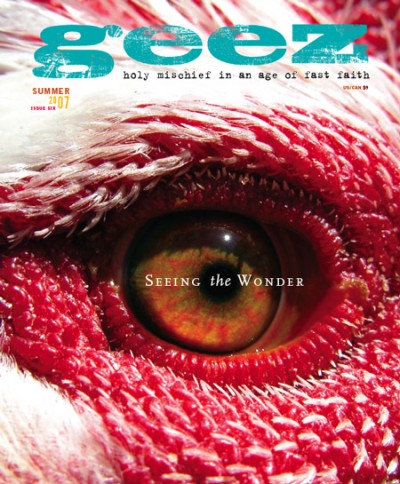On seeing and saving nature
What do you see when someone says “nature”?
Nature romanticized
We must, with all our might and imagination, preserve the romanticized view of nature. Romance is powerful; it can grow into unstoppable love.
So let us cling in our hearts to every huggable, vulnerable-looking koala bear on the National Geographic channel. Let us pause in awe at every calm old whale in the blue depths of a Greenpeace pamphlet. And let us proclaim the beauty of every postcard-able, calendar-ready canyon, creek and mountain.
Nature carries a secret – a million mysteries, the heart of beauty, a primordial innocence, the poem of poems. No one is immune to it. The romantic in each of us recognizes this when the sun is setting and we reach for a camera, summon a loved one to share the view, start writing a verse, or simply gaze in awe.
But is this the “nature” that needs saving?
Nature as playground
We see the natural world as our playground. A place to ski, hike, bike, camp, relax, watch birds, have fun. Ads portrays it as a setting for automotive exhilaration, wiggling stressed toes in sand, and adventuring. Outdoor gear companies sell the notion of “nature as playground,” tending to give it an earth-toned, enviro-friendly twist.
But is this the “nature” that needs saving?
Nature as one
The terms “nature” and “the environment” tend to separate us from the grand web of life. “Nature” isn’t “out there.” It’s not a place we go to. It’s not something we can look at from behind the rail at the roadside scenic lookout. Not something we can save piecemeal, starting with the parts we like best.
We need to save everything we drive past on the way to the campground
or observation point, everything that will never appear on a postcard.
Will Braun is editor of Geez magazine.



Sorry, comments are closed.